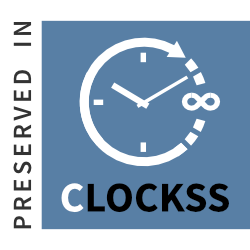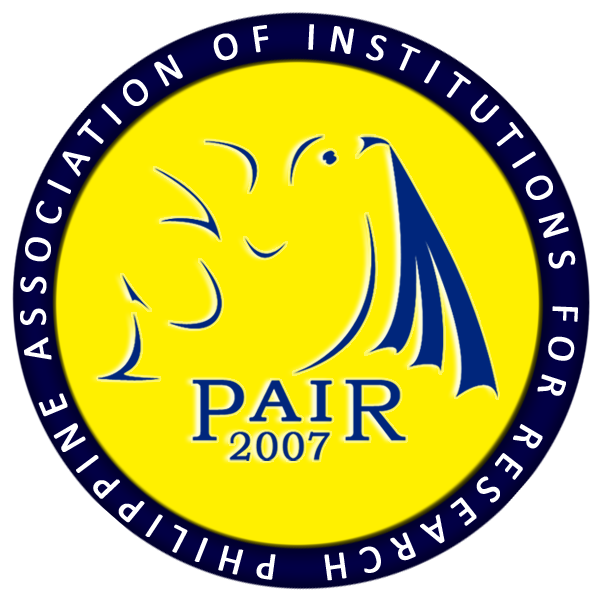Intellectual Pyramiding as Instructional Strategy for Teaching Campus Journalism Skills
DOI:
https://doi.org/10.7719/jpair.v3i1.86Keywords:
Intellectual pyramiding, instructional strategy, campus journalismAbstract
Campus publication is like a heterogeneous classroom where students bring multiple perspectives to the informal classroom for budding journalists: diverse backgrounds, learning styles, experiences, and aspirations thus, teacher advisers/moderators/trainers can no longer assume a one-size-fits-all approach. This study determined the effectiveness of intellectual pyramiding as instructional strategy for teaching campus journalism skills. This sought to find out the methodology of intellectual pyramiding, the different campus journalism skills that are developed, and the effectiveness of the strategy. This employed the descriptive method of research that made use of discourse analysis, qualitative analysis, and performance evaluation. Respondents were student journalists who passed the qualifying examinations. Data were taken from student-journalists' submitted work which were based from previously-assigned topics. Campus journalism skills were measured using rubrics to evaluate and assess the degree of acquisition of skills. Performance skills were established using results from campus journalism competitions in the regional and Luzon wide levels. To further quantify and qualify results, data were subjected to average weighted mean. Individual performance was assessed by comparing individual work. Group performance was evaluated using competition results. It is determined that intellectual pyramiding as instructional strategy is effective in developing and enhancing campus journalism skills; it boosts collaborative teaching, and increases students' ability to learn independently.
Downloads
References
Beckman, M. (1990). Collaborative learning: Preparation for the workplace and democracy. College Teaching, 38(4), 128–133.
Boud, D., Cohen, R., & Sampson, J. (2001). Peer learning in higher education: Learning from and with each other. London: Kogan Page.
Connery, B. A. (1988). Group work and collaborative writing. Teaching at Davis, 14(1), 2–4. (Publication of the Teaching Resources Center, University of California at Davis).
Downloads
Published
Issue
Section
License
Copyright (c) 2009 Juancho M. Babista

This work is licensed under a Creative Commons Attribution-NonCommercial 4.0 International License.
Open Access. This article published by JPAIR Multidisciplinary Research is licensed under a Creative Commons Attribution-Noncommercial 4.0 International (CC BY-NC 4.0). You are free to share (copy and redistribute the material in any medium or format) and adapt (remix, transform, and build upon the material). Under the following terms, you must give appropriate credit, provide a link to the license, and indicate if changes were made. You may do so in any reasonable manner, but not in any way that suggests the licensor endorses you or your use. You may not use the material for commercial purposes.





















